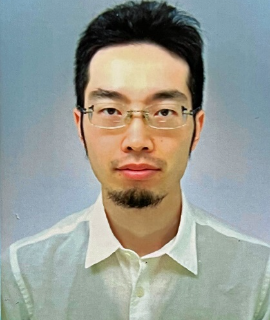Title : Long term prognosis of chronic inflammatory demyelinating polyradiculoneuropathy:five years follow up
Abstract:
Objective: Recently, there are few reports on the long-term prognosis of chronic inflammatory demyelinating polyradiculoneuropathy (CIDP). We aimed to clarify the long-term prognosis and prognostic factors of CIDP.
Methods: Fifty-one consecutive patients with CIDP who had attended our department since 2000 and for whom the overall neuropathy limitation scale was available at the time of initial treatment and 5 years after the start of treatment were included in this study. Anti-Neurofascin155 antibody-positive and anti-Contactin1 antibody-positive patients were excluded. Patients were divided into two groups by median ONLS after 5 years of treatment; good prognosis group (5 years ONLS 0 or 1) and poor prognosis group (5 years ONLS over 2), and factors predicting the prognosis were retrospectively examined.
Results: The fifty-one CIDP patients consisted of twenty-seven males with a mean age at onset of 40.7 years. The clinical phenotypes of CIDP were typical CIDP (34 patients) and multifocal CIDP (17 patients). Male, shorter disease duration, good responsiveness to primary treatment, absence of diabetes, and prolonged ulnar nerve distal latency/F wave latency tended to be associated with a better prognosis (p value < 0.1). Subsequently, multivariate analysis including these factors showed that shorter disease duration, good responsiveness to primary treatment, and absence of diabetes were significantly associated with better prognosis (adjusted p value < 0.05).
Conclusions: Shorter disease duration, responsiveness to primary treatment, and absence of diabetes may be prognostic factors for predicting a favorable outcome.
What will audience learn from your presentation?
- To be able to learn about the prognostic factors of CIDP.
- Understand how to predict the prognosis of CIDP.
- As Nodopathy is now defined as a disease independent of CIDP, this research may provide a clue to reclassify CIDP, a heterogeneous group of diseases, and to clarify a new pathogenesis.




